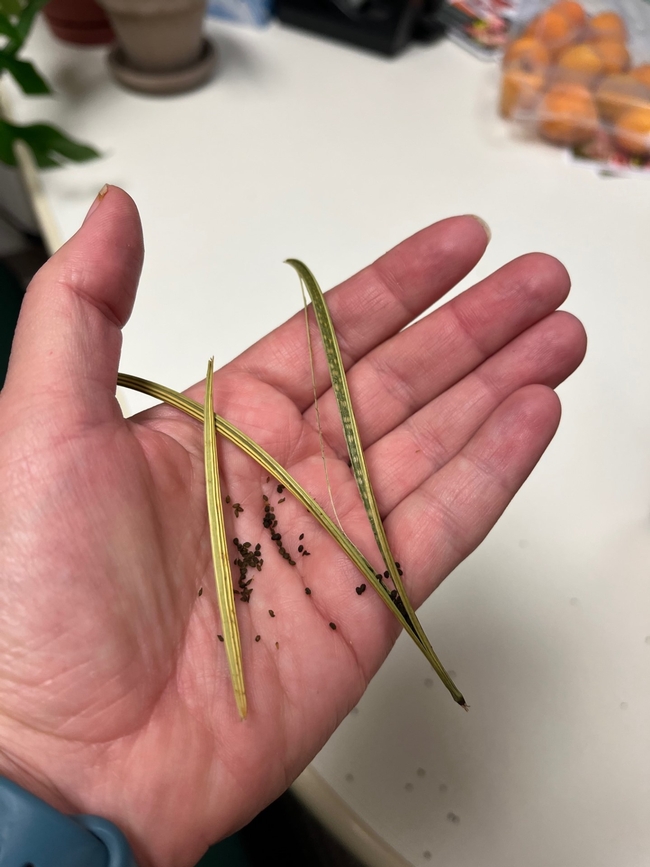
In this Seed Saving class from the UC Cooperative Extension Master Gardeners of Stanislaus County, you'll learn:
- What types of seeds to save and the difference between heirlooms and hybrid seeds.
- How flowers are pollinated and how seeds develop.
- How far apart to plant varieties of vegetables to ensure seed purity.
- How to save seeds and how long saved seeds last.
During class, you'll have a hands-on experience of separating flower and vegetable seeds from "chaff,*" and labeling to take home to your garden. Please join us at one of our classes at a local Stanislaus County library near you.
We are also excited to announce that classes are starting this month at the Waterford Library branch!
Seed Saving Classes for July 2023
Sat, 7/1 at 2:00 p.m. – Empire Library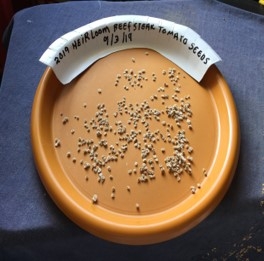
Sat, 7/8 at 2:00 p.m. – Riverbank Library
Mon, 7/10 at 6:00 p.m. – Ceres Library
Tues, 7/11 at 6:00 p.m. – Salida Library
Tues, 7/11 at 6:00 p.m. – Oakdale Library
Thurs, 7/13 at 1:00 p.m. – Patterson Library
Mon, 7/24 at 5:30 p.m. – Modesto Library
Tues, 7/25 at 2:00 p.m. – Waterford Library
Wed, 7/26 at 6:00 p.m. – Turlock Library
*chaff is the extra stuff growing around the seed like the spent flowers, pods, etc.
- Author: Anne Schellman
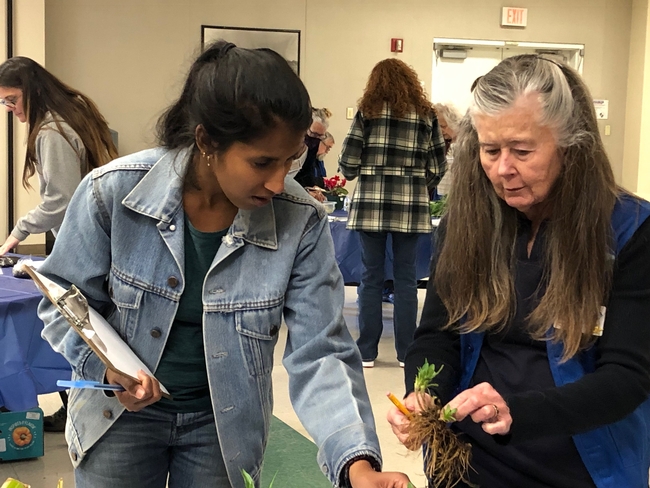
Who are the UC Master Gardeners?
UC Master Gardeners are trained volunteers that help the public by teaching classes, attending outreach events, working in our demonstration gardens, answering our help line, and more!
How are UC Master Gardeners Trained?
Classes are taught by University experts on water management, soils and fertilizers, ornamental and drought tolerant plants, landscape tree care, vegetable and fruit tree care, integrated pest management, to name a few.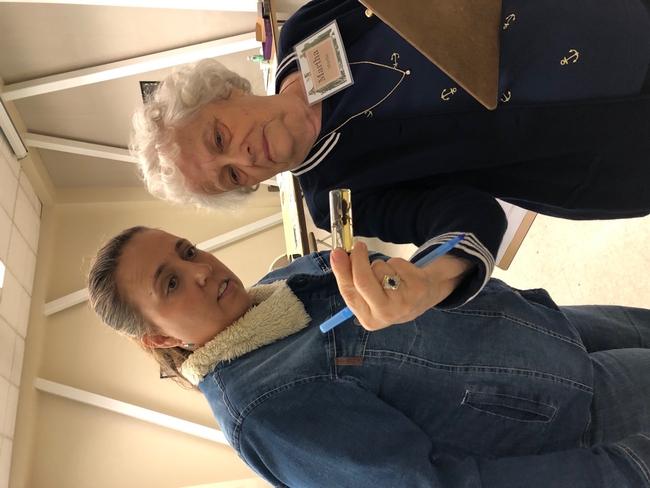
Program requirements include weekly reading and quizzes, and a final exam. All “tests” are open book, and collaboration on assignments is encouraged. Trainees are provided any needed assistance by Master Gardener mentors.
When does the Program start?
The weekly training program starts in January and ends in May of 2024. The training is held from 8:30 a.m. to 1:00 p.m. once a week for 18 weeks. (Trainees must complete 50 hours of instructional time to graduate.)
How Can I Apply and what is the Deadline?
Visit Become a UCCE Master Gardener website page for answers to frequently asked questions, and to download an online application. The application deadline is August 18, 2023. If you miss the deadline, please apply to be put on a waiting list.
Interest List
Last week I sent an email to people that signed up for our interest list. If you did not receive it, your email could not be delivered, bounced back, or was incorrect. (I received several of these notifications.) Please first check your spam, and then contact me if you believe your email may have been problematic.
Thanks!
*You must be a Stanislaus County resident to apply to this local program. For other county programs, visit http://mg.ucanr.edu/FindUs/
photos by Anne Schellman
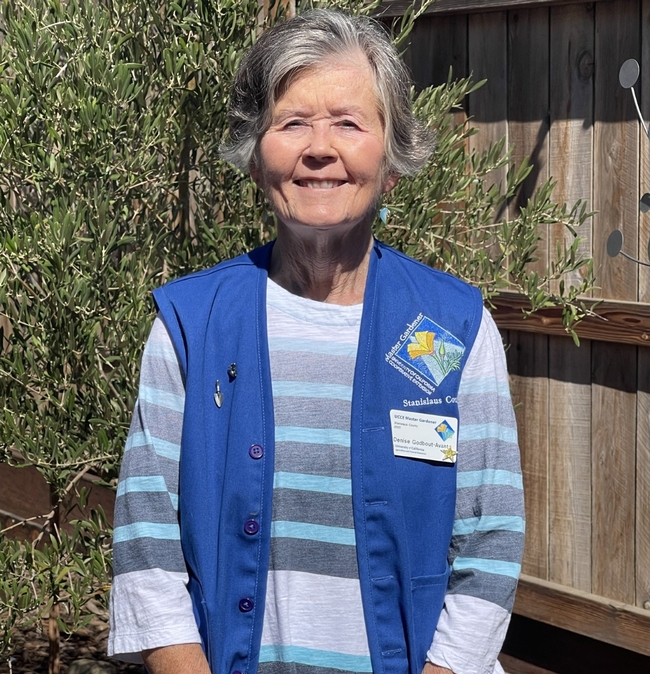
While fairies are mythical, hummingbirds are real-life winged fairies of our gardens. We tend to think of just bees and butterflies as pollinators, but the tiny, jewel-like birds also play a crucial pollinator role. Hummingbirds co-evolved with native nectar plants, each benefiting the other. A keystone species (a species which other species in an ecosystem largely depend on, so if it disappeared the ecosystem would be severely altered), hummingbirds pollinate at least 20% of specialized indigenous plant species.
Hummingbird Facts
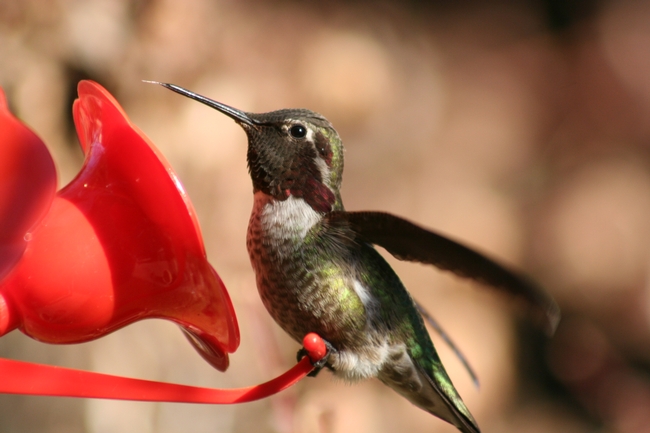
Hummingbirds have a very high metabolism and must eat all day. They consume about half their body weight each day while feeding. Nectar from 1,000-2,000 flowers provides 20% of a hummingbird's daily diet, which they drink with a fringed forked tongue in their long beak. Insects provide the bulk of their diet, which includes beetles, aphids, gnats, mosquitoes and wasps.
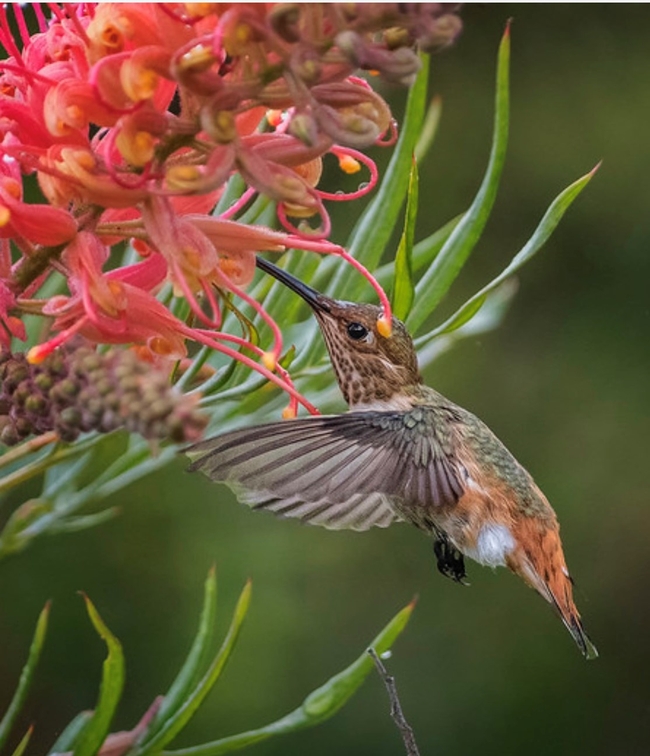
The smallest hummingbird, the Bee hummingbird (Mellisuga helenae), is a native of Cuba. With a body about an inch long, it weighs the equivalent of 1/4th teaspoon of sugar! The “large” Giant hummingbird (Patagonia gigas) of western South America is about eight inches long (20 cm), weighing less than half of most sparrows.
California Hummingbirds
California has about nine species of hummingbirds with four commonly seen species in the Stanislaus County area listed here in order of most abundant to the least:
- Anna's hummingbird (Calypte anna): This permanent year-round resident is a common sight in many of our gardens. The colorful red-headed male is the largest and most prominent of our local hummingbirds. The fastest of all hummingbirds, it can fly up to 60 miles per hour. Males perform a death-defying courtship dive, plummeting to the ground at speeds and accelerations that put jet pilots to shame. Females build the nests and care for the young alone, having three broods a year.
- Rufous hummingbird (Selasphorus rufus): With its beautiful orange-red gorget (a hummingbird's brilliant throat feathers), these migrating birds are a beautiful sight in local gardens in the spring and fall. Unlike the green body feathers of other common species in our area, the male has copper-colored feathers. Nesting further north than any other hummingbird, they fly up to 2,000 miles (3,200 km) during their migratory journeys to Canada.
- Black-chinned hummingbird (Archilochus alexandri): Another migratory species, it spends winters in Central America while nesting here in the summers. The male has a black face with a purple gorget at the base of the chin. The female builds a well-camouflaged nest in a shrub or tree.
- Costa's hummingbird (Calypte costae): The smallest and least common of our local hummingbirds, it breeds and nests here in summers, spending winters in Baja California/western Mexico area. The male has a colorful purple gorget and neck.
A Hummingbird Friendly Garden
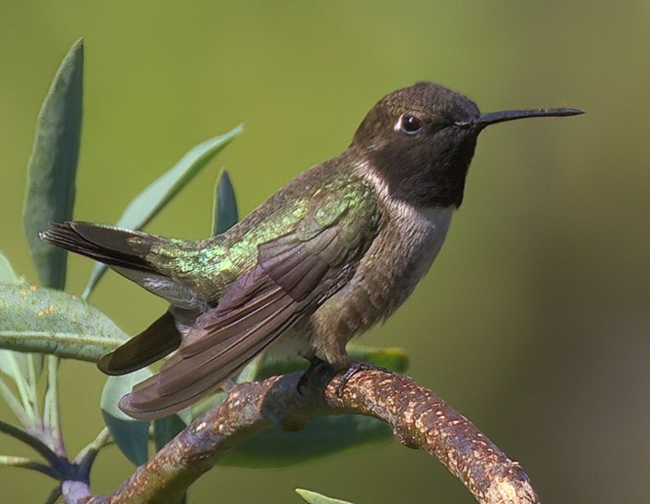
To make the sugar syrup combine one-part white cane sugar to four parts boiling water and let cool. Do not use honey, molasses, brown sugar, agave, artificial sugar, etc. as these can be harmful to hummingbirds. Food coloring is unnecessary since the red color of the feeder will attract the birds. If possible, place the feeders out of direct sunlight. Refill and clean feeders every 3-4 days (more frequently in hot weather) with a bottle brush, hot water, and a little white vinegar (which retards mold). Extra sugar syrup can be stored in refrigerator for a week or so.
In addition to sucrose, nectar provides additional sugars (glucose and fructose), along with compounds such as carbohydrates, amino acids, vitamins and oils which sugar feeders cannot provide. So, flowering plants that produce nectar should also be present in your garden to give hummingbirds a diverse, nutritious diet. Hummingbirds favor flowers that are tubular, in red, orange or bright pink colors. Some good choices include penstemons, fuchsias, red salvias, and bee balms.
A hummingbird friendly garden should also include trees and bushes for perching, hiding and nesting, water for drinking and bathing, and safety from domestic cats.
An excellent plant list resource provided by UC Agriculture & Natural Resources (UC ANR) and Master Gardener is Plants that Attract Hummingbirds – Zones 8 and 9: https://ucanr.edu/sites/UC_Master_Gardeners/files/287098.pdf
Hummingbird Challenges
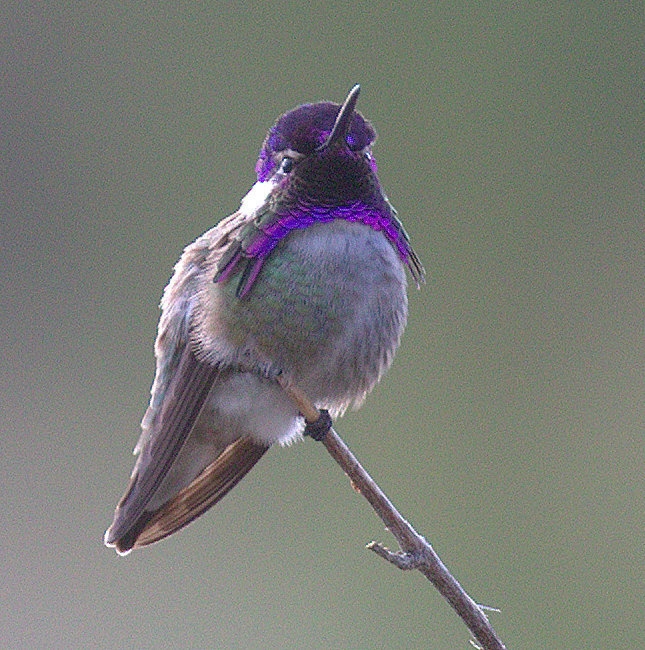
Both the local Rufous hummingbirds and Black-chinned hummingbirds are among those considered to be at risk (https://www.audubon.org/news/how-climate-change-threatens-hummingbirds).
By providing backyard sanctuaries with feeders and native plants we can help support these valuable feathered fairies of our gardens, so they can continue to delight us and pollinate our plants.
Additional Resources
https://wildbirdworld.com/hummingbirds-of-california/
https://www.cnps.org/gardening/hummingbird-gardening-5098
Denise Godbout-Avant has been a UCCE Master Gardener with Stanislaus County since 2020.
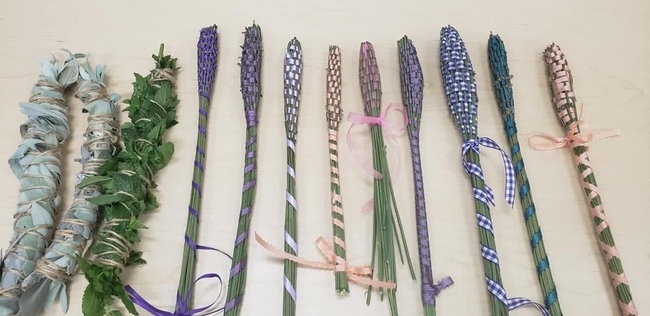
- Explored the history of lavender and its uses.
- Learned about different types of lavender and how to grow them.
- Snacked on goodies made from lavender, like lavender lemonade and shortbread.
- Made a lavender wand.
- Took home a lavender sachet and lavender plant.
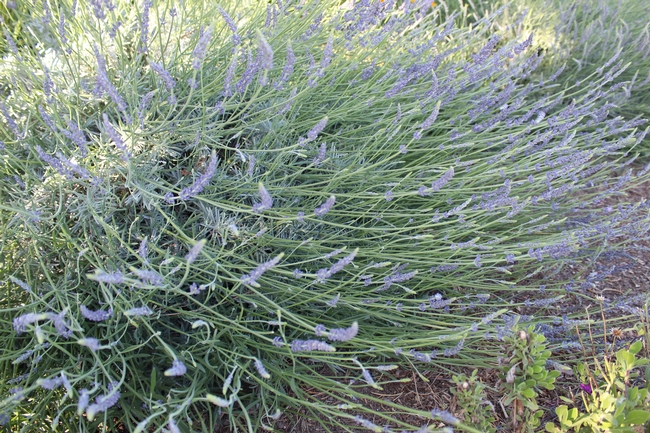
We hope you will join us for a relaxing time, while making new friends and learning all about this rejuvenating herb. This year, the Lavender Committee will be giving away lavender eye pillows instead of sachets.
Where: Stanislaus County Agricultural Center, Harvest Hall rooms AB&C, 3800 Cornucopia Way, Modesto, 95358.
When: Saturday, June 24 9:00 AM - 12:00 PM
Cost: $30
Note: 30 spaces available
Questions? (209) 525-6862
Sign up online: https://ucanr.edu/lavender/2023
Master Gardener Instructors: Nancy Robinson, Heidi Aufdermaur, Bonnie Jones-Lee, Connie Gardener, and Janet Wickstrom.
If you cannot afford to pay full price for this workshop, please contact Anne at (209) 525-6862 or aschellman@ucanr.edu for a partial scholarship (while supplies last).
*lavender wands can be placed in clothes drawers or cabinets to release a fresh scent and may last for years. Or keep your wand near your desk and inhale its relaxing fragrance when needed.
On April 1, 2023, the La Loma Native Garden held its 3rd annual Pollinator Festival. Participants stopped by the UC Cooperative Extension Master Gardener booth to spin our “Pollinator Wheel” and learn about native insects and best landscaping practices to protect them.
If you are interested in learning more about native insects and pollinator plants, you can watch our classes on these topics on our YouTube Channel at http://ucanr.edu/youtube/ucmgstanislaus
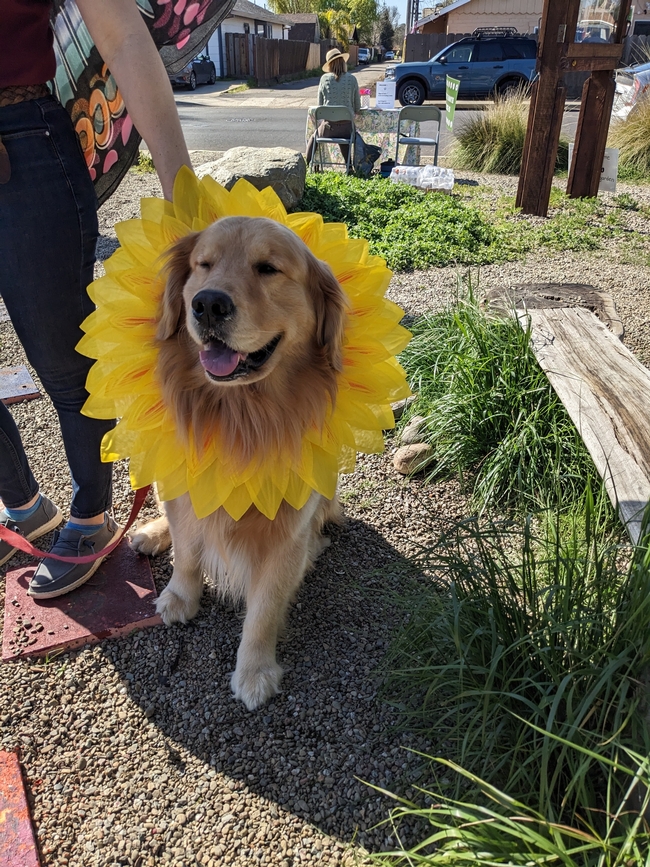
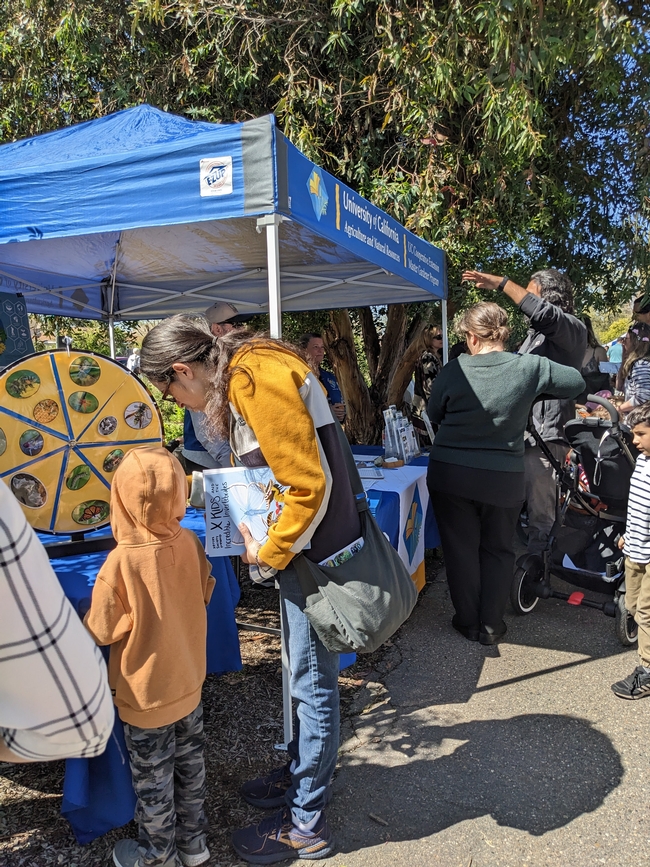
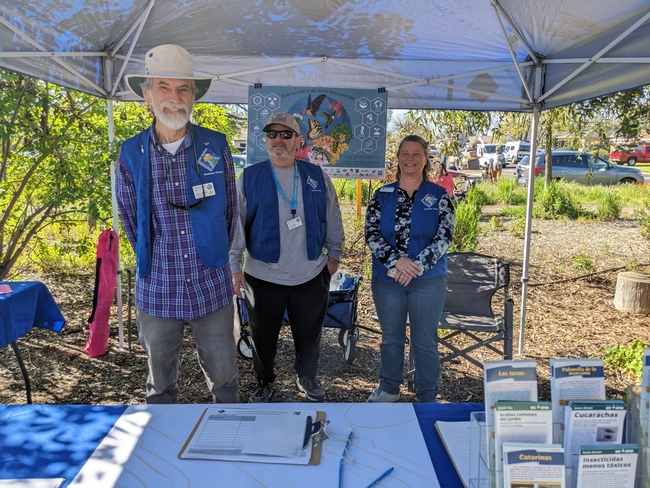
All photos by Rachel Bahn, Master Gardener from the 2022 Class.

